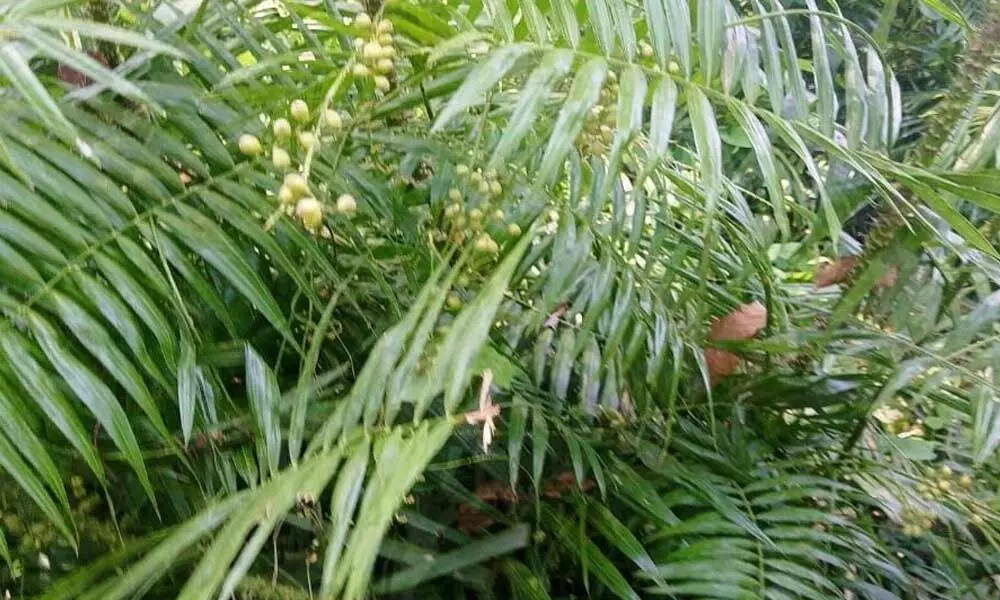Live
- India’s Energy Sector Poised for Growth Amid Challenges: Hardeep Singh Puri
- APPSC Recruitment Exams 2025: Exam Dates and Schedule for 8 Job Notifications Announced
- 2025 Tata Nexon Launched with New Variants, Updated Features, and a Fresh Look
- Director Bobby Kollitalks about ‘Daaku Maharaaj’
- ‘Hisaab Barabar’featuring R. Madhavan to premiere on Jan24
- Kalpara VFX and AI technology launches in Hyderabad
- Allu Aravind Celebrates 76th Birthday with 'Pushpa Ka Baap' Cake and Allu Arjun
- Upcoming film tackles gender equality with humor
- Private Travel Fare Robbery: Ticket Prices Soar to ₹5,000 During Sankranti Festival
- Victory Venkatesh looks excited this Sankranthi









